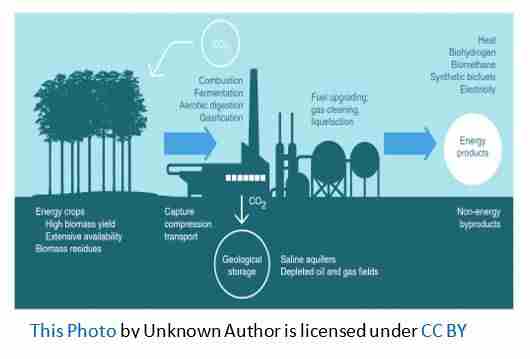

The global culture and economy abound in pressures to address climate change and the cliché, “necessity is the mother of invention” proves itself true again. As consumers, investors, and politicians clamor for change, capturing carbon from emissions, or reclaiming it from the atmosphere, has emerged as one of several climate change initiatives. Industry is responding.
What may surprise many is the diversity of methodologies and the maturity of many of them. The diversity of solutions available knows few bounds, though they can be described as fitting into one of three classes; natural, established, and emerging. Some solutions are millenia old, while others are barely more than experiments. Regardless, manufacturers actively seek ways to improve their environmental, social, and governance (ESG) scores by reducing their holistic carbon footprint to attract/retain investors, customers, and employees.
The most obvious natural solution is trees, but there are other nature-based solutions as well. Other solutions include agriculture-based carbon farming that captures and stores carbon in the soil, or certain food production. It also includes marine-based aquaculture.
The established technology-based solutions fall into three main categories:
A quick search of technology publications reveals all kinds of interesting and even whacky new methodologies. These piloted technologies have yet to show themselves scalable, but some have significant private investment backing them. All solutions use a material or liquid to capture carbon that is then reclaimed and used for other purposes or stored underground. These technologies include the development of special electrodes, metal-organic frameworks, nanosponges, hybrid membranes, and crystals that separate or capture CO2.

Current ARC Advisory Group clients can download the full report that includes a list of technology providers at https://www.arcweb.com/industry-best-practices/carbon-capture-technology-trends

